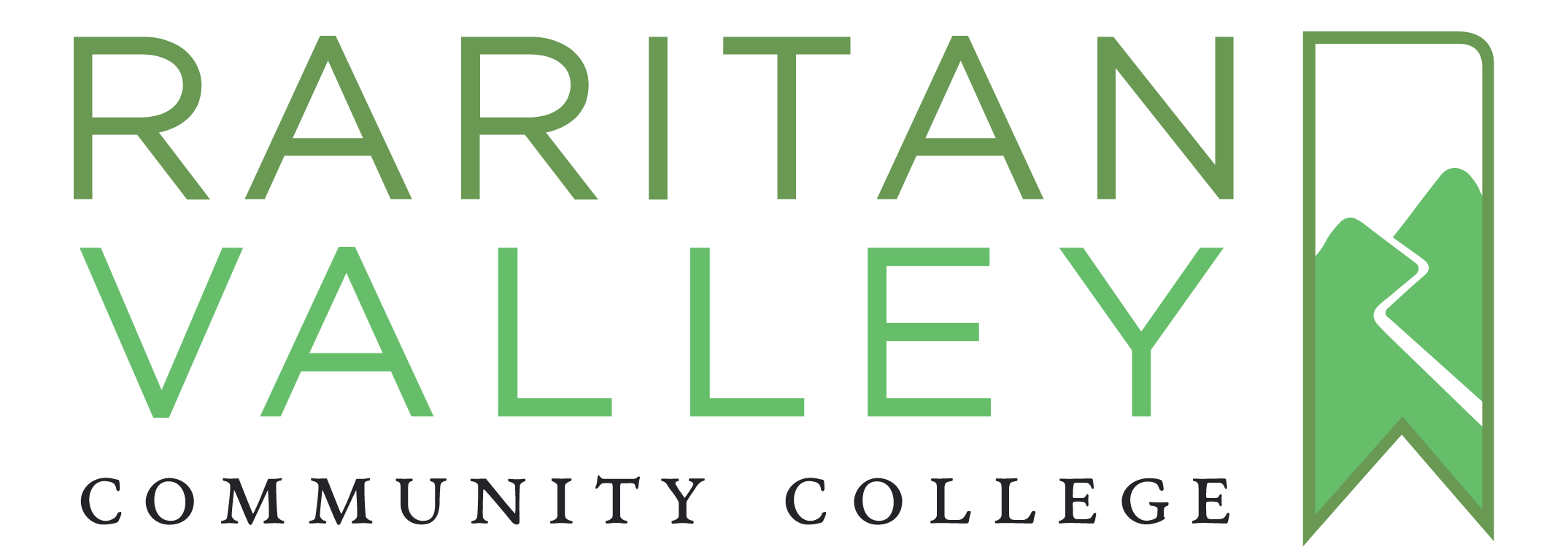7.7 Organization Coordination
Learning Objectives
- Understand the different types of relationships that may exist between groups.
- Learn techniques for effective inter-group work.
Large businesses may need to have different parts work with each other.

First lets look at the different relationships that may exist between groups.
Pooled Interdependence – In this type of relationship, the groups work independently and do not rely on each other. The firm’s results are gotten by adding together the results from the different groups. A chain of restaurants may operate this way.
Sequential (or Serial) Interdependence – For this type of relationship you might picture an assembly line. The work done by one person is passed to the next to do their job and so on. An example of this might be a 911 operator who takes an emergency call and passes it on to the relevant department for action.
Reciprocal Interdependence – Reciprocal means back-and-forth. In this relationship, the groups are reliant on each other to accomplish their objectives. For example, in a hospital the doctors and nurses rely on each other to care for a patient.
How does one manage the coordination that’s required? There are several techniques for accomplishing the needed coordination.
Rules and Processes – It may be sufficient to clearly define the interfaces between groups. What is expected and when? What are the rules for the interactions?
Liaison Roles – To increase information flow and cooperation between groups, liaison roles may be created. A person from one group may be assigned to work in another group. That person brings with them the knowledge of how their former group works and can facilitate interactions between the groups. This was done after 9-11 when the FBI and CIA exchanged liaisons to improve communication between them.
Integrating Department – Depending upon the nature of the work, a specific group may be named to pull the deliverables from the groups together. This is common in software development where distributed developers may deliver their software to a group responsible for pulling at the parts together.

